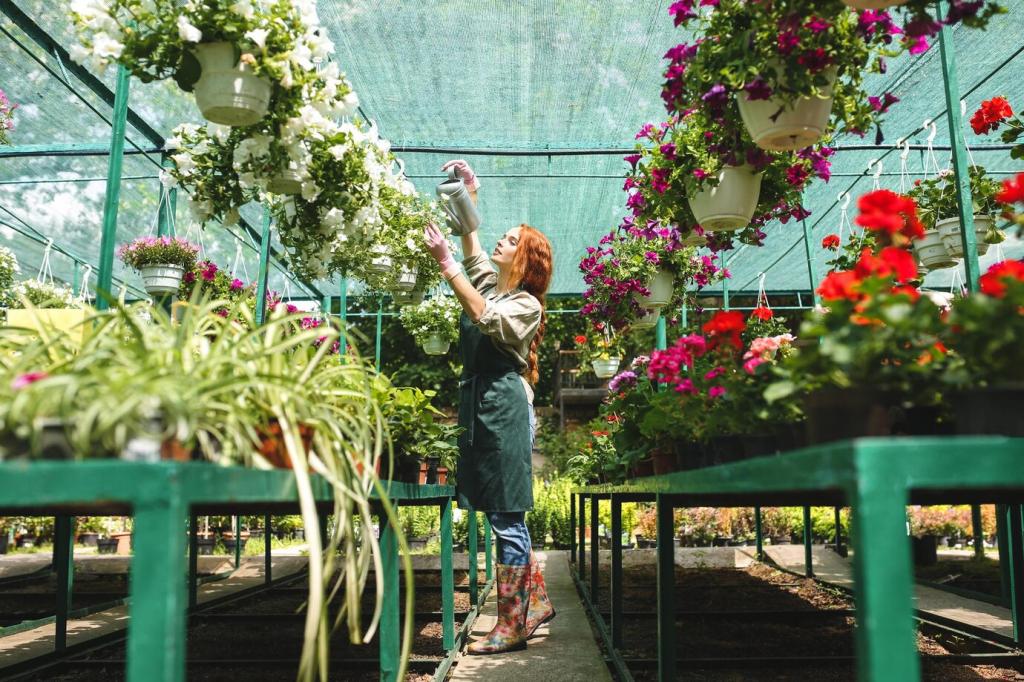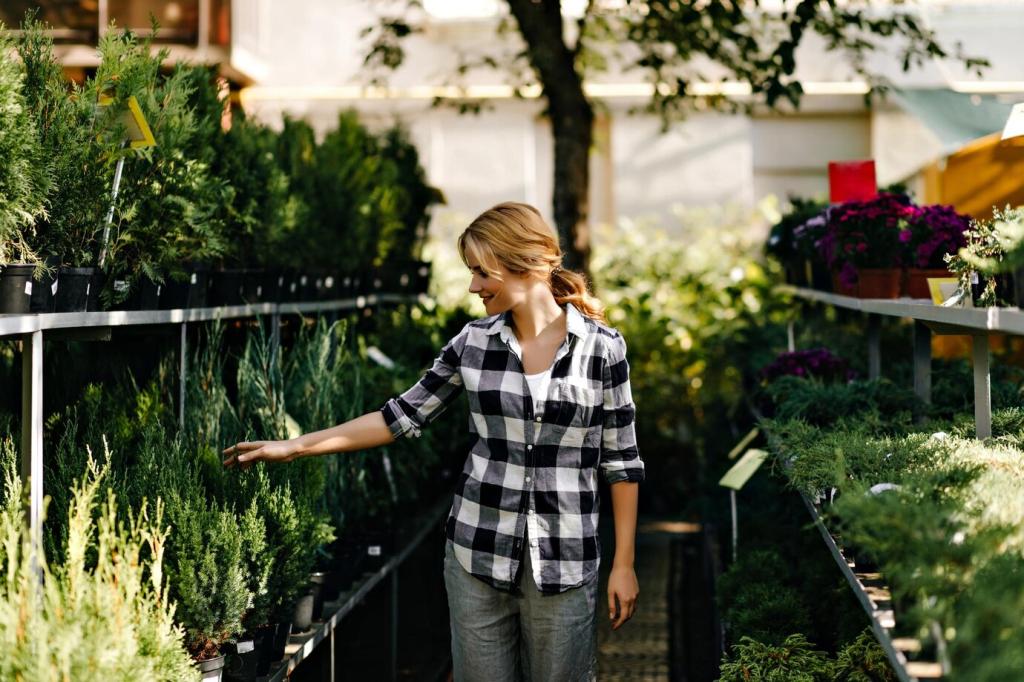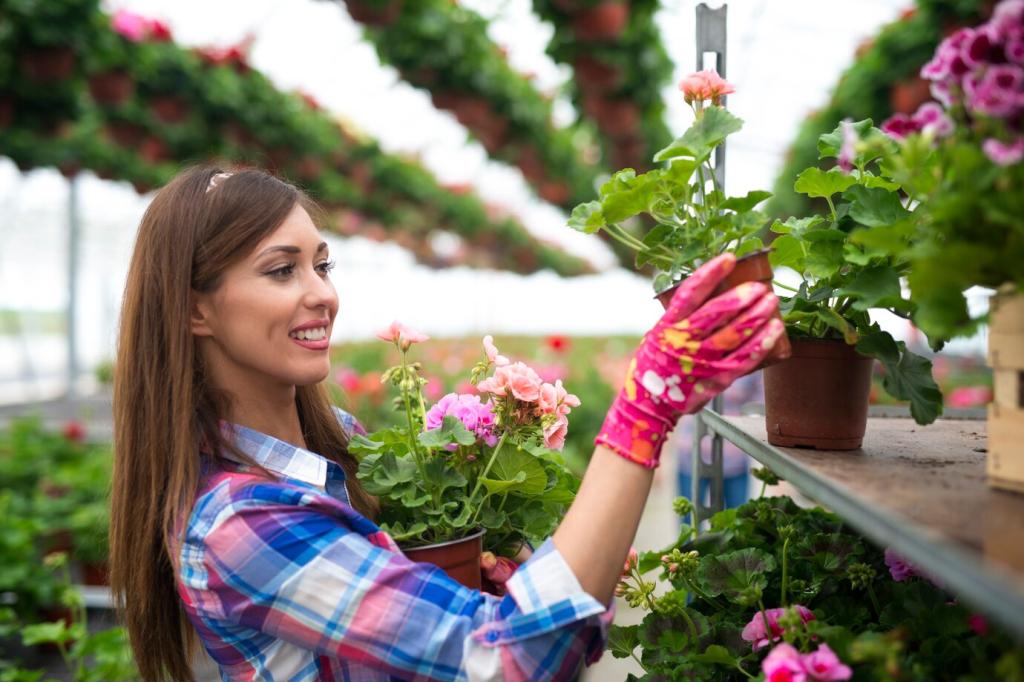Urban Gardening Trends Through the Decades
Urban gardening has evolved remarkably over the years, reflecting shifts in society, environmental awareness, and urban design. From rooftop retreats to technological marvels, these green spaces have shaped city life and offered urban dwellers a connection to nature. This retrospective journey through the decades explores how urban gardening mirrored changing lifestyles, economic realities, and cultural aspirations—revealing how city gardens have blossomed into essential components of modern urban living.
The Roots of Urban Gardening: Early 20th Century
Victory Gardens in Urban Spaces
During the First and Second World Wars, city dwellers were encouraged to grow Victory Gardens to supplement food rationing efforts. These gardens transformed vacant lots, backyards, and rooftops into productive patches. Families united in cultivating vegetables and herbs, connecting urban gardening to a sense of national purpose and resilience. This movement reinforced the role of urban agriculture in ensuring food security, empowering citizens to contribute to the war effort and boosting morale in trying times.
Community Gardens Take Root
As industrial cities grew denser, the early seeds of community gardening were sown. Local organizations and neighborhood groups started reclaiming underutilized plots for communal use. These early gardens not only provided fresh produce but also served as vital social spaces where neighbors could gather, work together, and nurture a collective sense of ownership. Over the years, such communal efforts set the groundwork for today’s widespread urban gardening culture.
The Emergence of Window Box Gardening
With limited space, urbanites turned to creative solutions like window box gardening. These compact, decorative displays brought bursts of color to city windowsills and balconies, reintroducing nature to concrete surroundings. Window boxes made gardening accessible to those without ground-level access, showcasing how small efforts could beautify urban environments. As a stepping stone, this trend introduced many to the joys of nurturing plants at home.
Postwar Prosperity and Suburban Influence
The iconic suburban lawn became a symbol of postwar prosperity and the American dream, but not all city dwellers had the luxury of sprawling yards. Instead, urban residents adapted these ideals, cultivating small patches of grass, container plants, and ornamental shrubs in front of apartment buildings or within courtyards. These urban adaptations redefined what it meant to have a green space at home, blending rural aspirations with city realities.
Environmental Awareness of the 1970s

The environmental movement catalyzed the revival of community gardening in cities. Activists, concerned about pollution and urban decay, organized to transform vacant, neglected lots into thriving communal oases. These gardens became not just sources of fresh produce, but also acts of grassroots resistance and neighborhood revitalization. Their success demonstrated how collective action could revive urban environments and promote sustainability.

Previous slide
Next slide
21st Century Urban Farming Revolution
Technological advances propelled vertical farming to the forefront of urban agriculture. By stacking plant beds, using hydroponics and LED lighting, urban farmers could grow substantial quantities of produce in compact, indoor environments. Vertical farms found homes in warehouses, shipping containers, and even repurposed skyscrapers, providing fresh food close to consumers while minimizing resource use and reducing transportation emissions.

Previous slide
Next slide

Social Justice and Urban Gardening
Food Deserts and Community Response
In many cities, low-income neighborhoods faced limited access to fresh, affordable produce—so-called food deserts. Urban gardening initiatives, spearheaded by local activists and community groups, brought fresh food directly into these underserved areas. These gardens not only supplied nutrition but also fostered skill-building, leadership, and hope in neglected communities.
Cultural Heritage Gardens
Urban gardeners have sought to celebrate and preserve their diverse cultural backgrounds through specialized plantings, from African diaspora crops to Asian herbs and Indigenous medicinal plants. These gardens serve as living archives of traditional agricultural knowledge and culinary heritage. By growing and sharing culturally significant crops, gardeners nurture identity, pride, and intergenerational connection in multicultural urban neighborhoods.
Youth Empowerment Through Gardening
Youth programs centered on urban gardening have flourished, teaching leadership, teamwork, and environmental stewardship. Through tending community plots and participating in farm-to-table projects, young people gained valuable life skills and a stake in shaping healthier, greener cities. These experiences often proved transformative, strengthening self-esteem and providing pathways toward future careers in food, agriculture, or sustainability.
